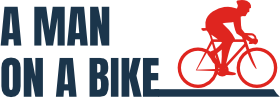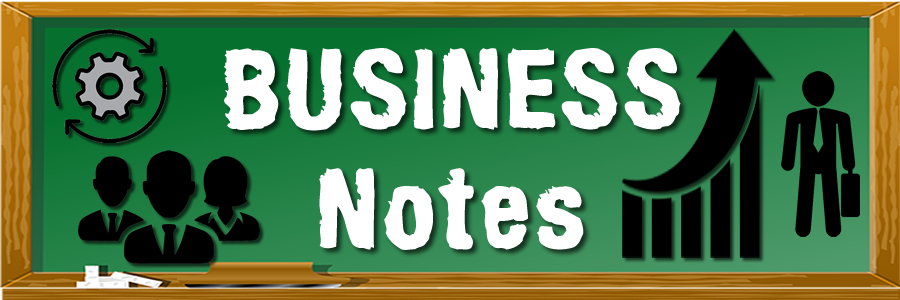Business Cards 1
Business Cards are a cheap and productive marketing tool that all business people should learn to use effectively.
On most occasions they are the second impression a person will have of you or your company – remember the first is you!
Your business card will tell the world how you see your business.
Your hot prospect is not going to be impressed with a flimsy plain business card, especially one that has ‘micro-perforations’ around the edges.
Put simply, this sends the message: Unprofessional, no attention to detail.
Try not to use business cards paid for by advertising the company that gave them to you for free on the back; you want to build a relationship with your contacts that doesn’t involve some other company squeezing in and detracting from your impact.
There is nothing wrong with free business cards per se, but they can dilute your message and may send the wrong message to clients – especially about your levels of investment.
Pay the extra and buy all the space on the card for yourself and your message.
Give all your staff their own Business Cards – delivery people included, they are all part of your team and will ‘sell’ your business just as well as you will.
Ensure that your cards are attractive and appealing, and that they say who you are and what you offer.
Always carry a plentiful supply and make sure you re-order your cards well before you run out.
10 good things to have on your Business Card:
Ø Your Name: Not every business card has to have the name of an individual, but it is a personal touch.
In large companies it is helpful to know with whom you are connecting. Your name is usually the largest element on the card. It is not necessary to include your educational qualifications on your card, it is a matter of personal choice.
Ø Company Name: A business card almost always has a business name on it. This should be the companies trading name or the name by which it is generally known.
Companies with a well-known logo or brand identity, might not have a prominent text name, but it should always be there.
Ø Address: A company may have two addresses. One could be a business premises and the other a registered office or your home address.
If you are an on-line business, it is not always necessary to include an address. (If you don’t like visitors calling to your home address leave it off.)
Ø Phone Number(s): Usually Voice, Fax and Mobile, although in today’s market place the use of a fax machine is dying out fast.
Don’t forget your Area Code, and your extension if you have one. If you don’t expect to do business from abroad it’s not necessarily to add a Country Code – it can make the card very messy.
Ø E-mail Address: The easiest way to be contacted is to either have a personal email address like paul@ or a more generic address like info@.
With an email address, contacts can send you a message from anywhere in the world, at any hour of the day.
Ø Web Site Address: If you have a web site, it should be listed on your business card.
As with your e-mail address it is an essential part of your brand. It can be listed without the http:// preceding the URL.
Ø Job Title: Your job title is not always required, especially if you are a ‘one-man band’. But Managing Directors like to talk to other Managing Directors, Finance Directors to other Finance Directors etc.
Ø Tag Line or Description: A tagline or a brief description can be useful when the business name is a little vague, or doesn’t relate to what the business does. Taglines can also give benefits and features.
Ø Logo: A logo used consistently on business cards and other printed or electronic materials helps to establish a company’s identity.
Small companies without a logo could use a generic illustration or graphic.
Ø Services or Products: Use the back of your business card to promote your products or services.
Don’t use a long list but highlight the main areas of your expertise.
Get it right and your Business Cards can be the key to many business opportunities.

